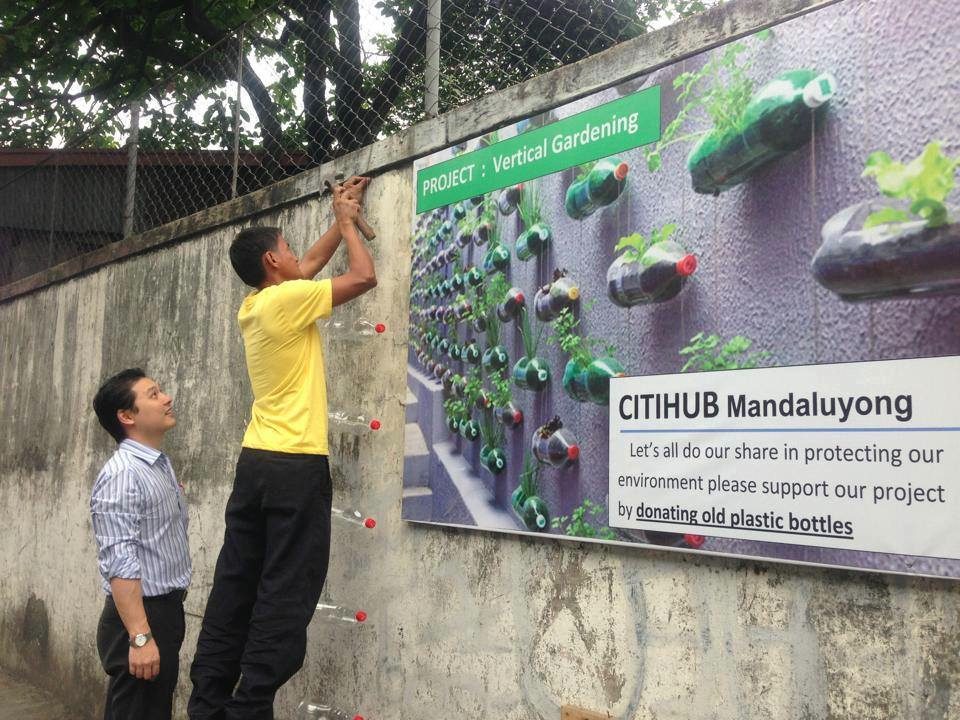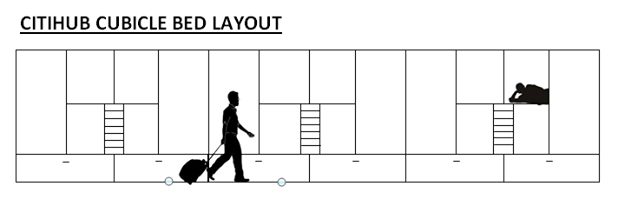SUMMARY
This is AI generated summarization, which may have errors. For context, always refer to the full article.
![[Executive Edge] Turning container vans into affordable dorms](https://www.rappler.com/tachyon/r3-assets/F45F8316FFF346D8A92BD23574627289/img/98B4125F28C745ABB0BE6C8298D3D012/citihub-mandaluyong.jpg)
Not all can afford those “affordable” condominiums that dot Mega Manila’s skylines.
The lack of affordable housing is one of the biggest problems facing the country today that entrepreneur Panya Boonsirithum wants to solve. Under Arcya Commercial Corporation, which builds and operates dormitories, he has founded and spearheaded a corporate social responsibility project dubbed Citihub, located in Mandaluyong City.
The project began in 2011 with the goal of providing dignified and cost-effective accommodations for Filipino workers.
“Our solution was to design a mobile halfway house that can be put up inexpensively and easily to make better use of prime idle lands within the city,” Boonsirithum said.
Citihub converted container vans into functional housing prototypes. Boonsirithum said that this was one of the fastest and easiest forms of modular construction. The initial phase of the Citihub project was completed in 3 months.
Affordable housing
Given that the construction methods were non-traditional, Boonsirithum said there were no existing guidelines in the Philippine building code governing the use of container van housing. This made it more difficult to secure government permits.

Cost was the major factor that pushed them to use converted container vans.
“Since we target the C and D market, the cost of construction is a major concern for the viability of the project,” Boonsirithum said. “This also gave us the direction of our design by emphasizing more on functionality over aesthetics and creating the most efficient use of space.”

The team redesigned the original standard-sized container so that each could comfortably accommodate 22 beds. To date, Citihub’s several units can now accommodate a total of 260 low income migrant workers. Migrant workers are now provided an option outside of illegal settlements.
The daily grind
Boonsirithum said workers spend an average of 4 hours daily commuting to and from work. They spend an average of P100 ($2.22) per day on transportation, a significant amount when their minimum wage salary amounts to P486 ($10.81) a day.
“Project Citihub hopes to help address this problem by providing dignified, clean, safe, affordable accommodation for only P1,950 ($43.35) per month or P65 ($1.45) per day,” Boonsirithum said. “On a bigger picture, this in turn lessens the traffic congestion and lowers their carbon footprint on the environment.”
Each stay includes access to power and water. Citihub also has a solid amenities package that includes free WiFi and cable television. Some rooms are equipped with air conditioning. In the future, Boonsirithum wants to offer residents transportation options..
For profit, social enterprise
Citihub is a for profit social enterprise. Boonsirithum ultimately measures its success as an accommodations provider through the number of workers they assist.

While Citihub can accommodate up to 260 residents at a time, Boonsirithum said that there are over 2.7 million workers in Metro Manila.
“Our vision is to help solve this problem is by putting up at least one Citihub in each of the 16 cities in Metro Manila,” he said.
It is easy to overlook how much of an impact Citihub can potentially make on the worker population in Manila until you look at their individual narratives. Boonsirithum shared the story of a retired senior citizen who other residents affectionately referred to as “Tatay.”
Since Tatay has been with Citihub since the beginning, he acts as father to the community. He helps out with the cleanliness and maintenance of the dorm. And because he is a fitness buff, he also serves as the house chef and gym instructor for fellow residents.
“Citihub was not designed for permanent housing, but because of the lack of decent elderly homes, Tatay has made Citihub his home,” Boonsirithum said. – Rappler.com
 Rappler Business columnist Ezra Ferraz brings you Philippine business leaders, their insights, and their secrets via Executive Edge. Connect with him on Twitter: @EzraFerraz
Rappler Business columnist Ezra Ferraz brings you Philippine business leaders, their insights, and their secrets via Executive Edge. Connect with him on Twitter: @EzraFerraz
Add a comment
How does this make you feel?
There are no comments yet. Add your comment to start the conversation.